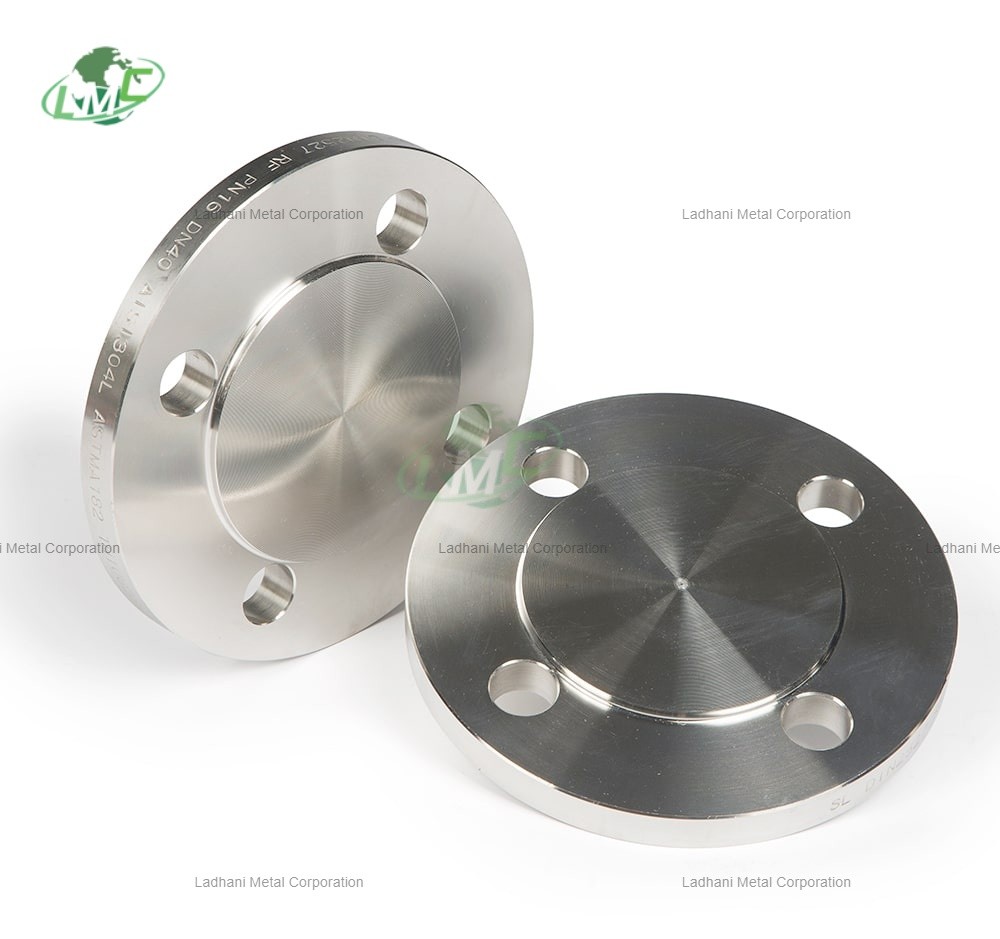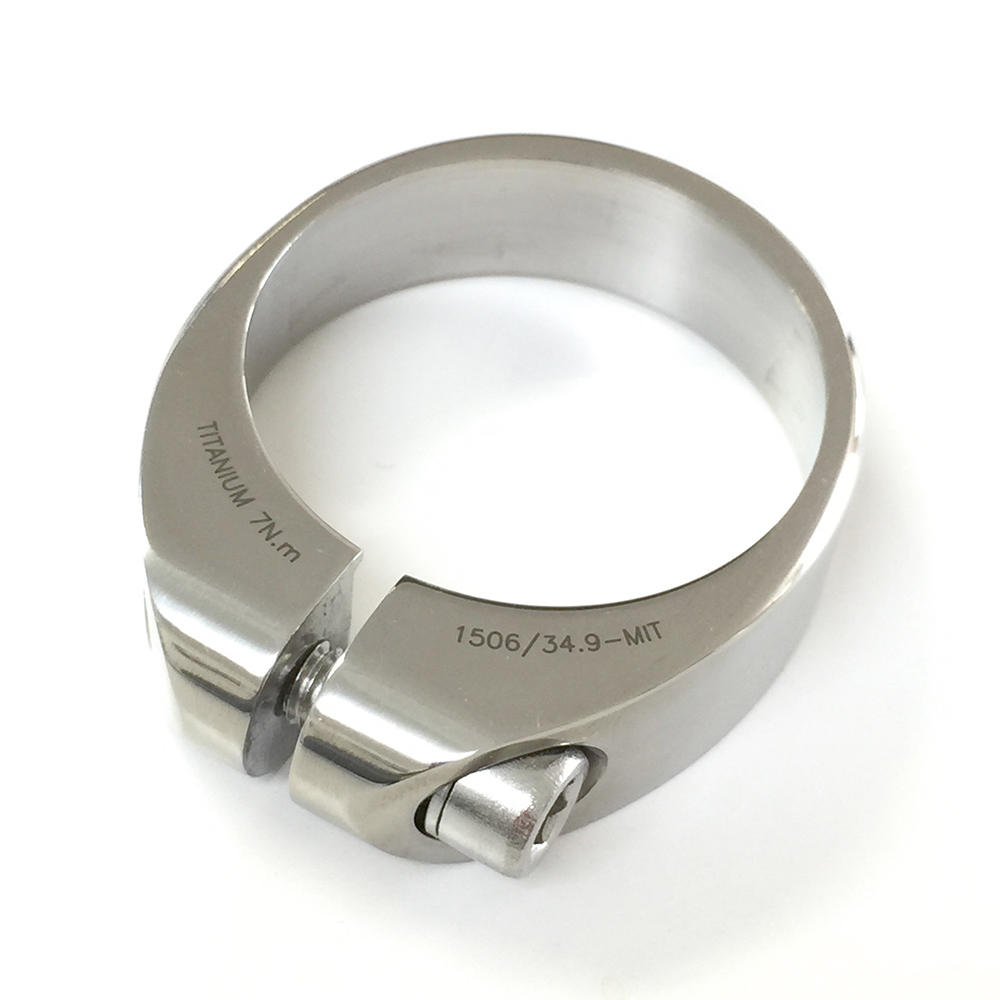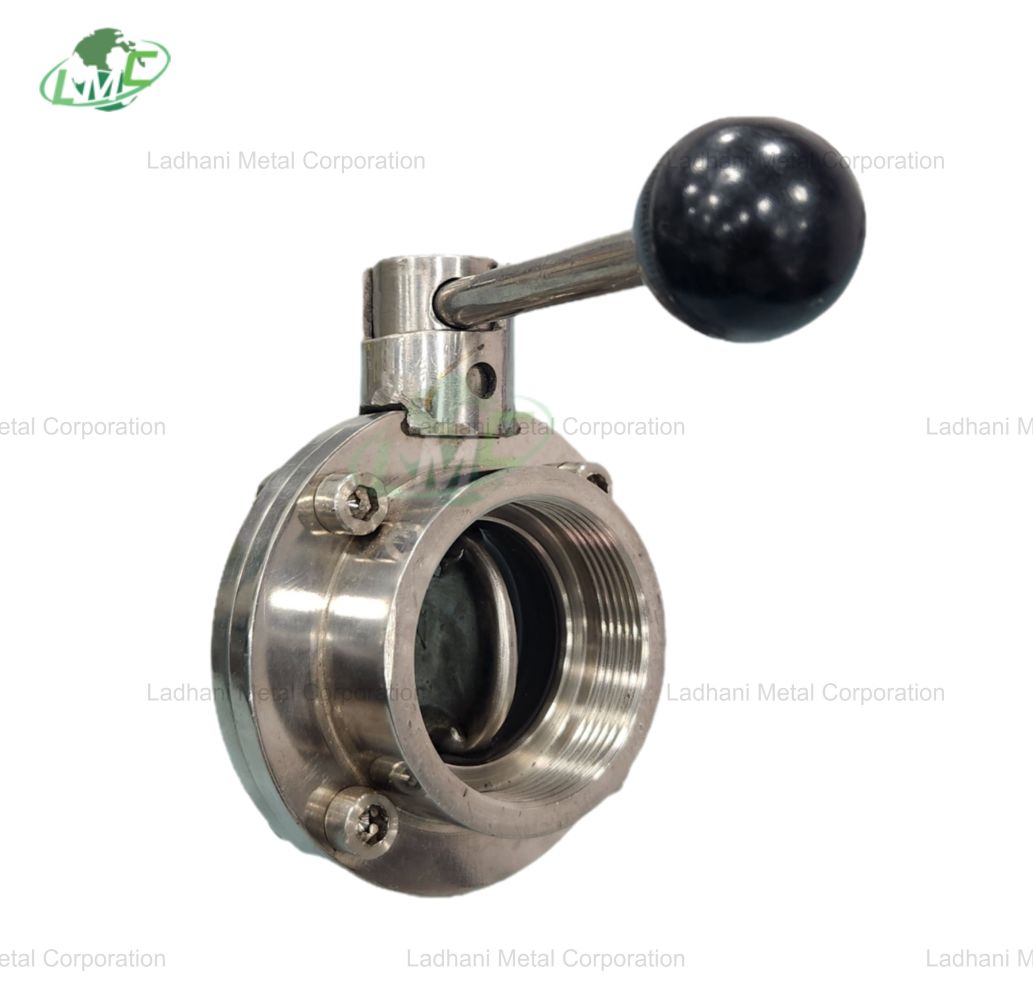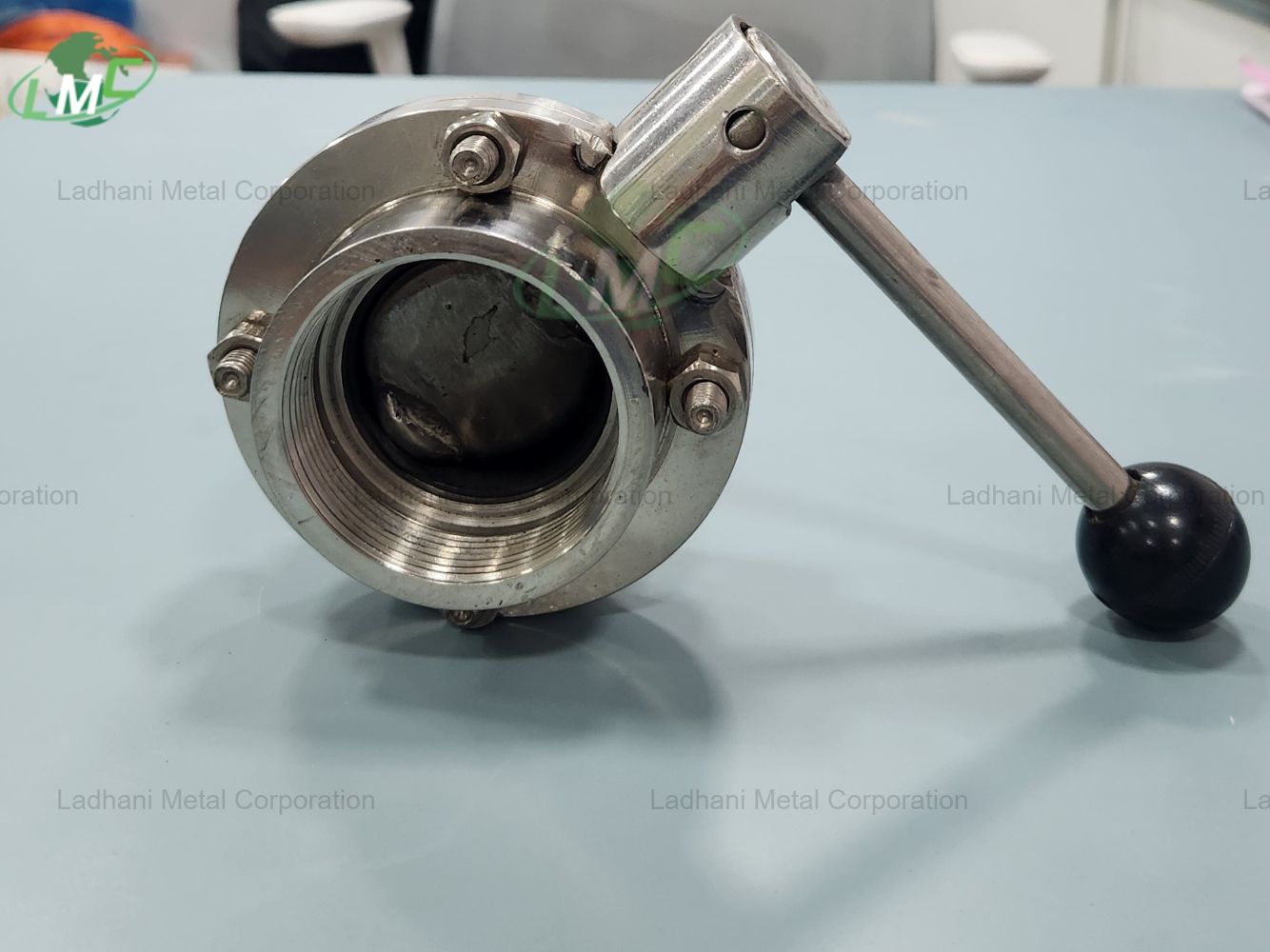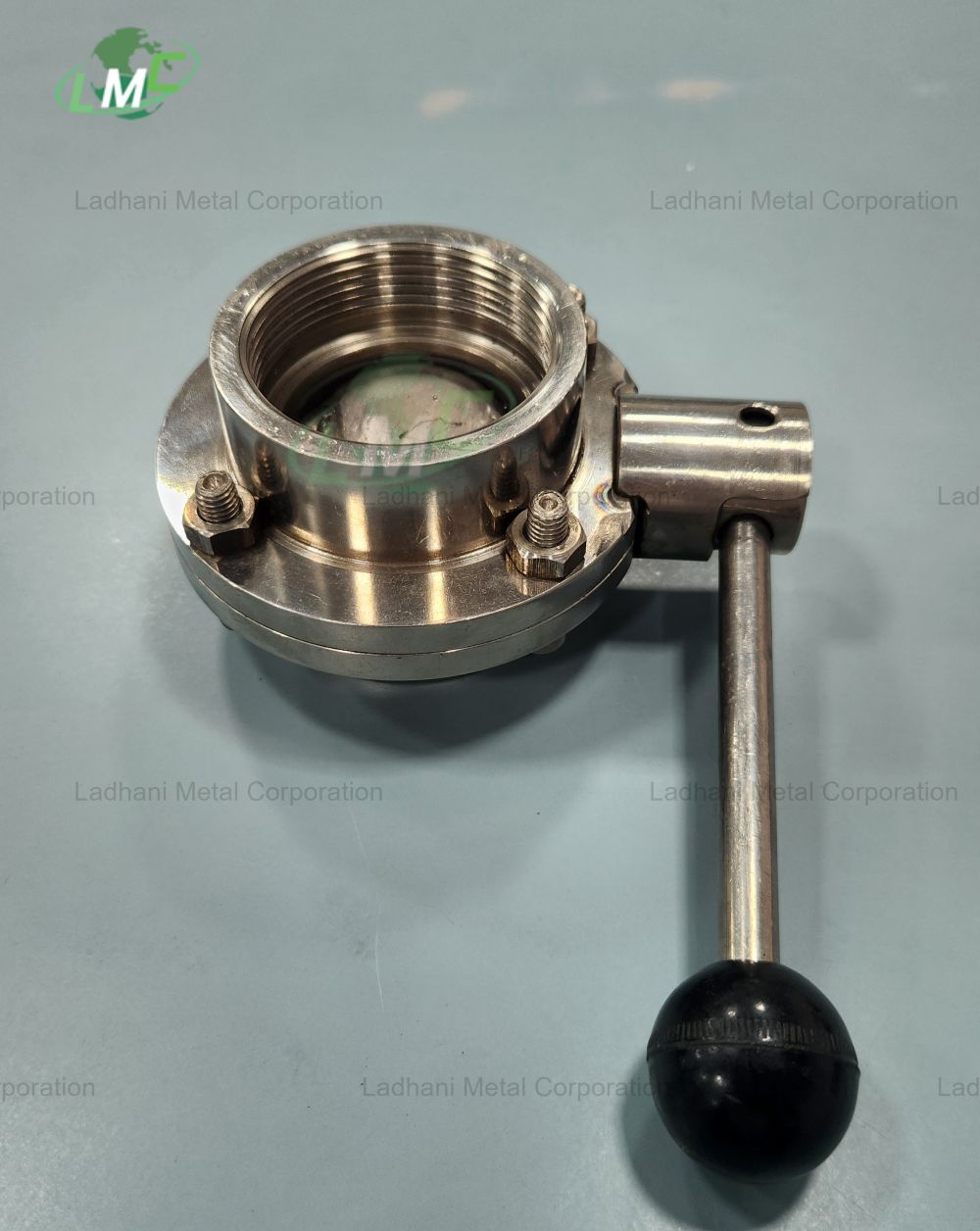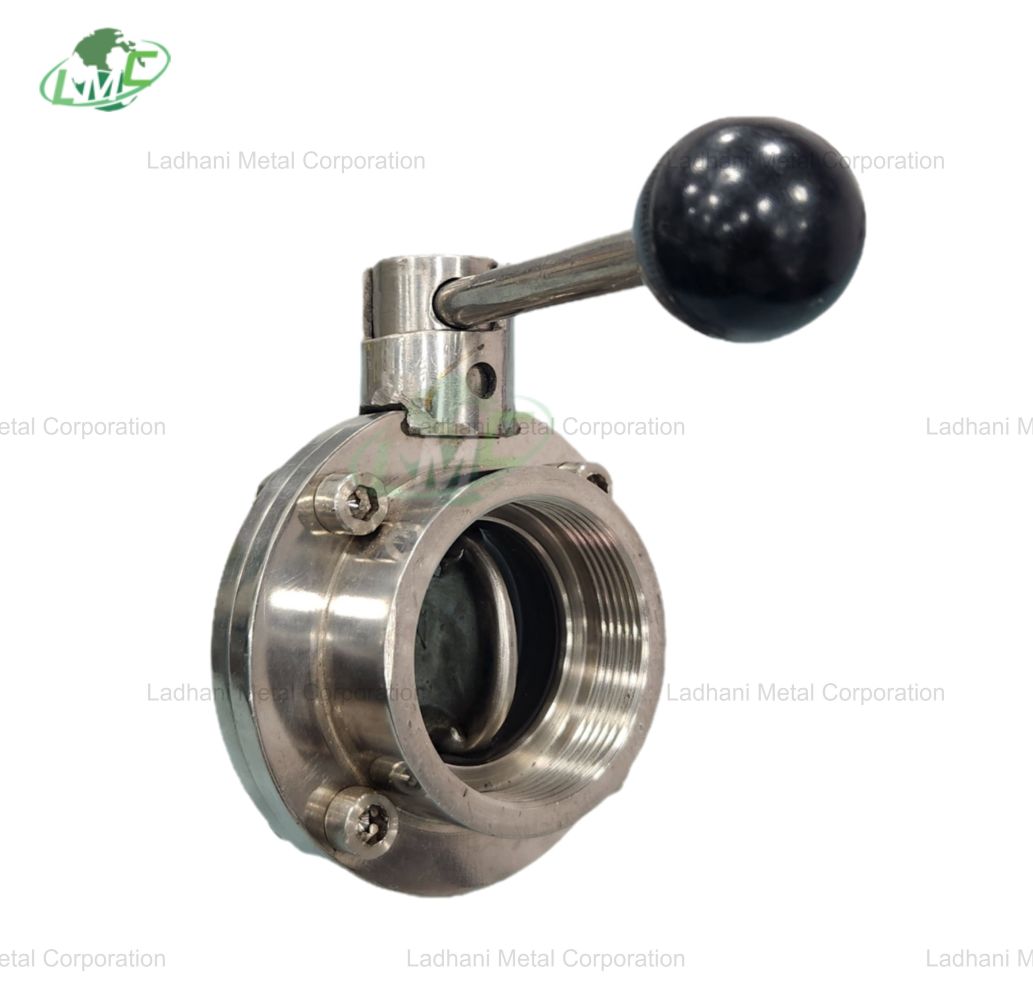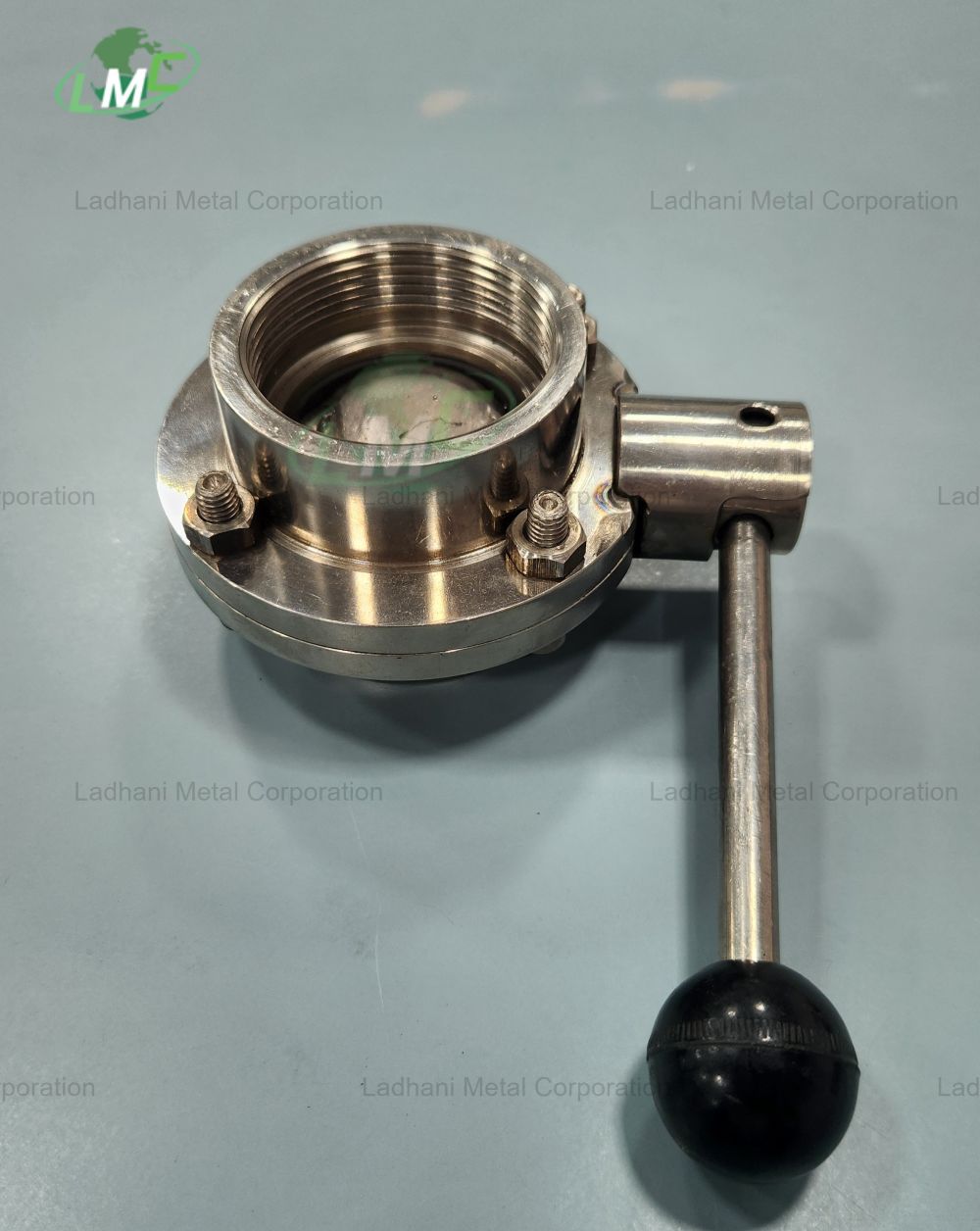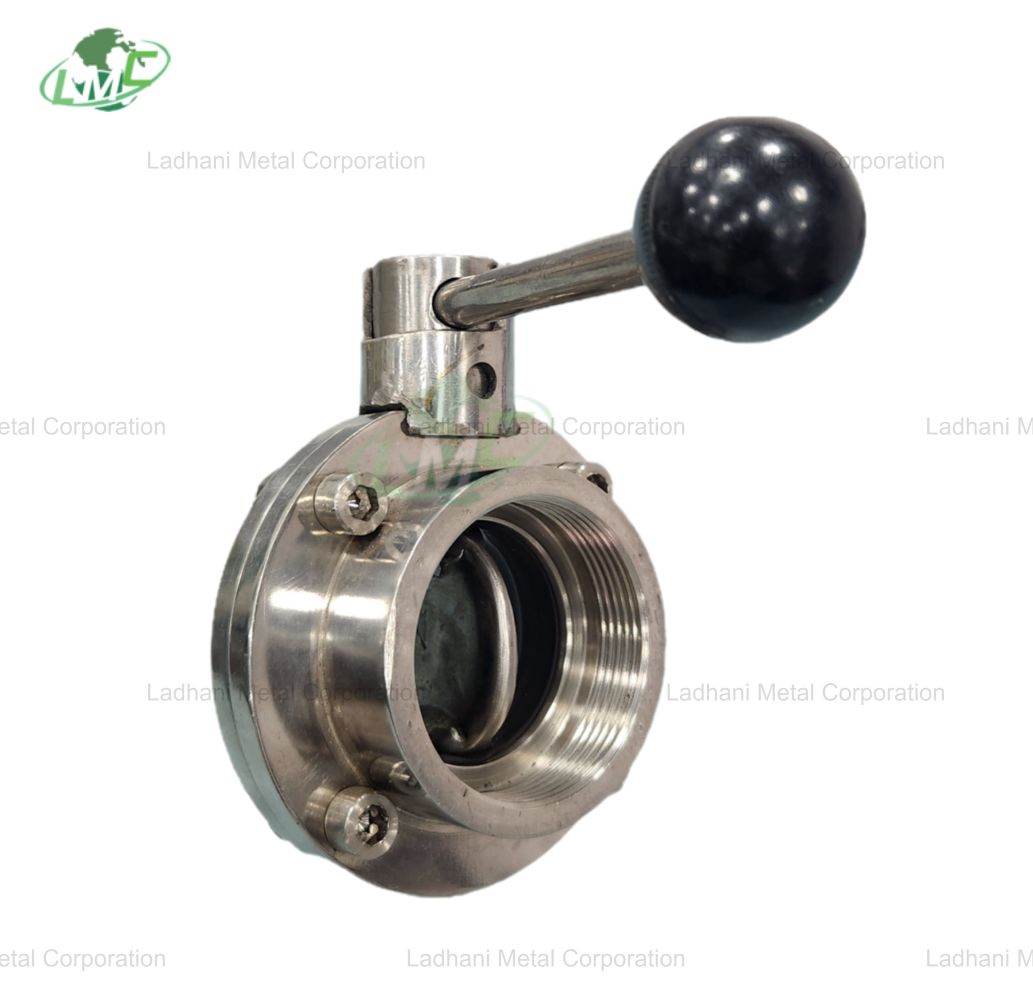When considering Duplex Stainless Steel for DIN 2527 Blind Flanges, the material offers unique advantages over traditional stainless steels, combining the benefits of both austenitic and ferritic microstructures. Duplex Stainless Steel typically contains a higher percentage of chromium, molybdenum, and nitrogen, which significantly enhances its properties, especially for highly demanding and corrosive environments. Material: Duplex Stainless Steel Superior Corrosion Resistance: Duplex stainless steels (e.g., 2205 or 2507) offer outstanding resistance to pitting, crevice corrosion, and stress corrosion cracking, which makes them highly suitable for industries exposed to aggressive environments, such as offshore oil and gas, chemical processing, and marine industries. Strength: Duplex stainless steels have higher tensile strength than standard austenitic steels (such as 304 or 316), allowing the flange to perform under higher mechanical stress and pressure. The material is typically twice as strong as conventional 304 and 316 stainless steels. Temperature Resistance: Duplex materials offer good performance in high-temperature environments, although not as high as some alloys specifically designed for extreme heat (e.g., Inconel). They perform well in moderate to high-temperature applications. Resistance to Chloride Stress Corrosion Cracking (SCC): Duplex steels are particularly resistant to chloride-induced stress corrosion cracking, which is one of the key benefits in applications exposed to chloride-rich environments, such as seawater. Common types of duplex stainless steel blind flanges include: 1.4462 (F51): Standard duplex steel, offering good corrosion resistance and strength, used in chemical, oil & gas, and marine industries. 1.4410 (F53): Super duplex steel, with higher strength and better corrosion resistance, used in offshore and high-pressure applications. 1.4539 (Alloy 20): Highly resistant to acid and chloride environments, used in chemical processing and power generation. Design and Dimensions Shape: Blind flanges in DIN 2527, regardless of the material (Stainless Steel 316 or Duplex), are flat, round plates without a central hole, used to close off the ends of pipes or pressure vessels. Bolt Holes: Like other blind flanges, duplex flanges come with bolt holes for bolting the flange to a mating flanged component. The bolt holes' number and size depend on the flange's diameter and the pressure class. Thickness: The thickness varies according to the pressure rating (e.g., PN 6, PN 10, PN 16, PN 25). Thicker flanges are designed for higher-pressure applications to maintain a secure and tight seal. Pressure Rating: Duplex stainless steel blind flanges are often used in high-pressure environments due to their strength. The specific pressure ratings depend on the material grade (e.g., Duplex 2205, Super Duplex 2507), but they generally exhibit higher pressure resistance than austenitic stainless steels like 316. Types of Blind Flanges in DIN 2527 (Duplex) Raised Face (RF): A raised face provides a contact area for the gasket, enhancing the sealing performance when paired with a gasket. Flat Face (FF): The face of the flange is level with the surface, which is suitable for softer gaskets that offer a tight seal without excessive pressure. Ring Type Joint (RTJ): For high-pressure applications, Duplex stainless steel blind flanges can feature a groove for a metallic gasket. This design ensures a tight seal under extreme conditions, often used in offshore and chemical plant environments. Benefits of Duplex Stainless Steel Blind Flanges Cost-Efficiency: While Duplex steels can be more expensive than austenitic grades, they offer a better cost-to-performance ratio due to their enhanced durability and strength, leading to longer service life and reduced maintenance costs. Improved Mechanical Properties: Duplex steels' unique composition offers a blend of high tensile strength and excellent corrosion resistance, making them perfect for demanding environments where other materials might not perform as well.

